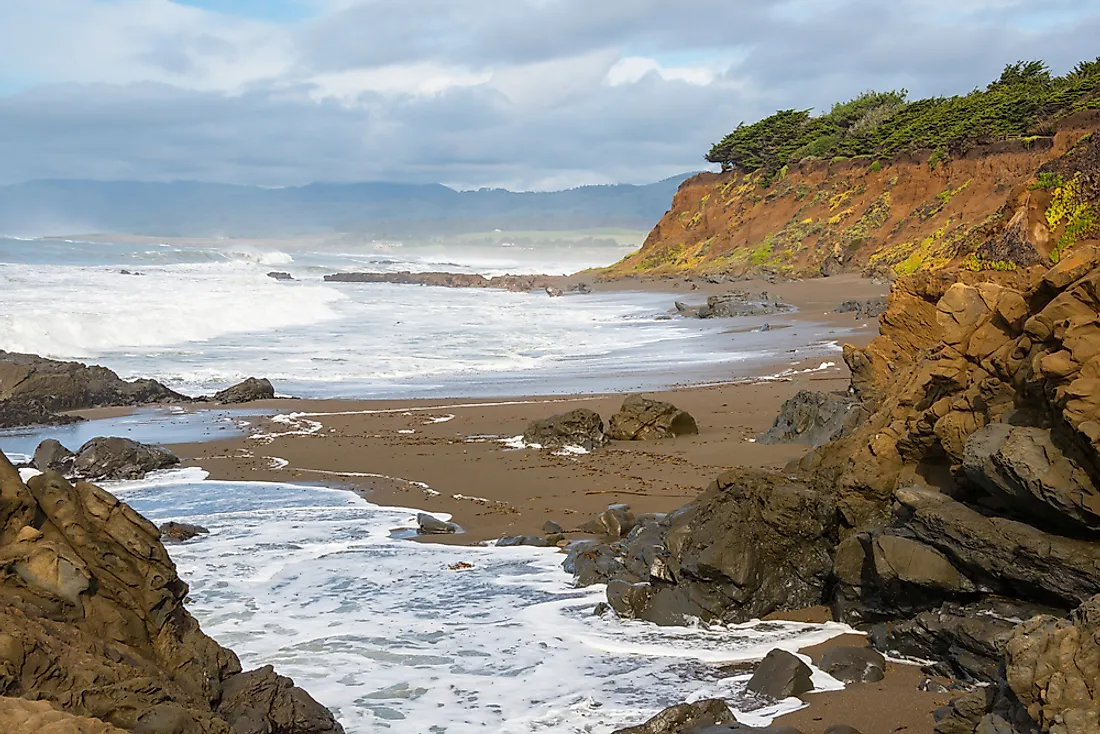What is the Intertidal Zone?

The intertidal zone is the region of land below water at high tides and above water at low tides. This region is also called the seashore and foreshore, and sometimes the littoral zone. The intertidal zone is the habitat to numerous types of small organisms such as sea urchins, starfish, and many species of coral. The organisms that inhabit this region are small and uncomplicated because of intermittent supply of water at this region. Wave action easily washes away poorly suited organisms, exposure to sun makes temperatures either too high for survival or near freezing, and salinity is much higher due to evaporation of water from rock pools leaving behind salt. Marine biologists divide this region into three regions which are low, middle, and high intertidal zones. The subdivision into the three zones depends on exposure to air.
Low Intertidal Zone
The low intertidal zone is only exposed at a point of low tide and sometimes for even longer when the tide is extremely low. The region is mainly underwater, teeming with life. The low intertidal zone has the greatest biodiversity compared to both high and middle intertidal zones. Seaweed is the predominant vegetation in this low zone. Generally, organisms in this region are not properly suited to temperature extremes or periods of dryness. They are not likely to survive in very harsh conditions. Examples of organisms inhabiting low intertidal zone are sea stars, brown seaweed, shrimp, surf grass, whelks, and chitons. The organisms can grow to greater sizes given the available energy in their ecosystem. Light penetration is also high therefore permitting significant photosynthetic activity for the plants. Salinity is also close to normal level all of which favor marine organisms. This region is also shielded from predating animals such as large fish due to wave action and the shallow waters.
Mid Intertidal Zone
The mid intertidal zone is frequently exposed to air by regular waves in the tide cycle. Temperatures here are less severe due to limited direct exposure to the sun. This fact makes the salinity to be only slightly higher than in the ocean levels. Organisms here include mussels, sea lettuce, isopods, green algae, chitons, anemones, and barnacles. These organisms tend to be of greater size and complexity.
High Intertidal Zone
The high intertidal zone is submerged only during the highest of tides, making it a largely terrestrial environment. The greatness of water only allows survival of few organisms. The hermit crab is predominant in this zone, having its own movable shell capable of carrying water.











